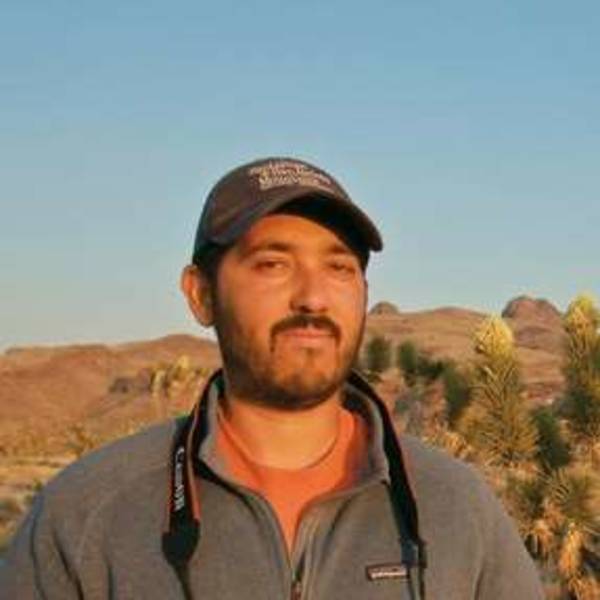Death Valley isn’t just the hottest place on Earth. It was also just recognized as one of the darkest.
Death Valley National Park is renowned for its awe-inspiring landscape and its extreme temperatures and elevations. Five months ago, the region was officially recognized as the hottest place on Earth after a team of climate scientists verified the park’s historic high temperature of an incomprehensible 134 degrees Fahrenheit.
That’s why it can come as a shock to learn how just frigid and dark this most blazing part of the desert can become on a February night. As I prepare for my own winter camping trip in the park, the frosty forecasts have me stuffing my backpack with a sleeping bag liner, thermal clothes, and extra socks and gloves, in addition to my 20-degree bag and bivy tent.
Why brave this kind of cold? For a rare reward: To bask in the beauty of the park’s profoundly dark night skies. Much like Death Valley’s record-setting heat, the park’s intense starscape is also making headlines for being… well, extreme.
Last week, the International Dark Sky Association (IDA) confirmed what local residents from communities like Shoshone, Tecopa, and Furnace Creek have long celebrated: Death Valley’s stargazing is world-class. IDA officially designated Death Valley the largest International Dark Sky Park in the world, and only the third national park in the country to receive the distinction, after Big Bend National Park and Natural Bridges National Monument. The park received a gold-tier classification, the organization’s highest rating.
According to the IDA, “The skies there are affected by only the smallest amounts of light pollution … Astronomical objects seen there are available only to some of the darkest locations across the globe.” Amazingly, IDA also states, “The park is distant enough from the large cities of the Southwest so that much of the night sky above the desert floor is near pristine and, in many places, offers views close to what could be seen before the rise of cities.”
I can attest to the wonder of really seeing the night skies for the first time in the California desert—it was like having a film peeled off of my eyes. I am proud of the work NPCA does to help protect this underappreciated and rapidly disappearing resource, including outreach to directly connect people to these breathtaking views, often for the first time, through star parties and other events.
If you’re thinking of a trip to this record-setting park, don’t let the temperature extremes dissuade you. A growing number of visitors from around the world even travel in July as “temperature tourists,” specifically to experience the extreme heat—but understandably, that’s not for everyone. Rest assured, Death Valley’s blazing summers give way to comfortable fall temperatures, and its spring seasons are famous for their wildflower blooms of pink, purple, and yellow that carpet the playas, alluvial fans, and salt pan valley floors. For the very best stargazing opportunities, however, it’s hard to beat a crisp winter night, especially if you are hardy enough to camp out during a new moon when visibility is at its peak, or just after a snowfall, when fewer particulates cloud the air.
Stay On Top of News
Our email newsletter shares the latest on parks.
Getting to enjoy this ornate blanket of stars can also make us more aware of the light pollution and air pollution most of us have become accustomed to in our day-to-day lives—and make us want to fight these threats to our environment so we can enjoy skies like Death Valley’s for years to come.
About the author
-
 David Lamfrom Vice President of Regional Programs
David Lamfrom Vice President of Regional ProgramsDavid, the Vice President of Regional Programs, uses his passion and knowledge of our natural, cultural and historical resources to inspire others to learn about and protect our national parks.
-
General
-
- NPCA Region:
- Pacific
-
Issues


